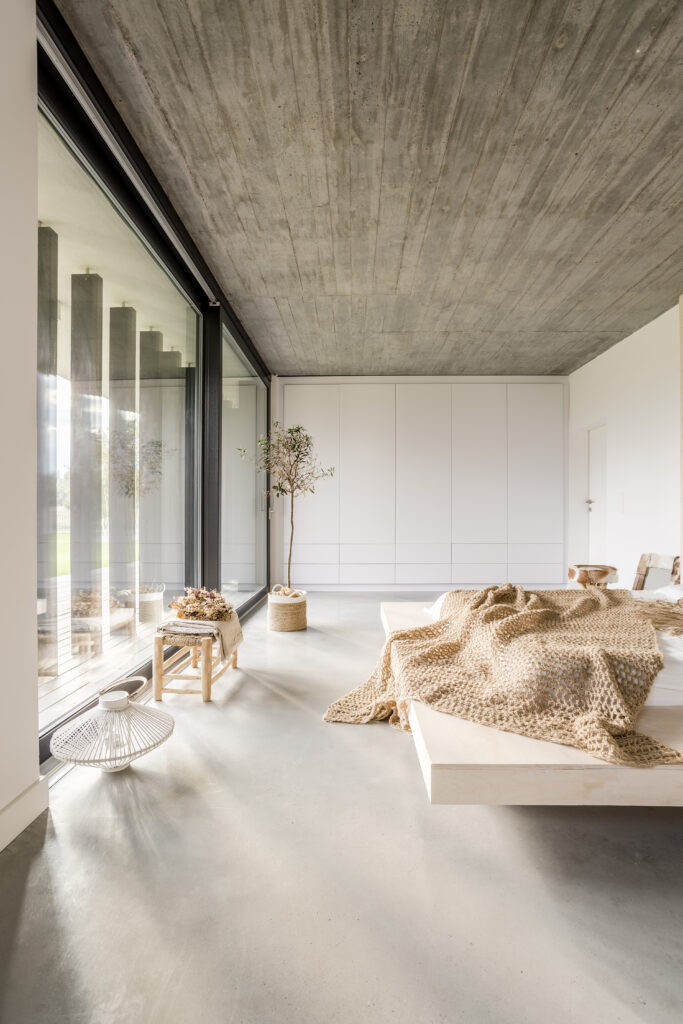Effects Paints

Microcement is among the top choices for those seeking a minimalist, modern, and durable surface finishing solution. With its aesthetic appearance and versatile use, it stands out as an ideal option. From floors to walls, wet areas to furniture, this unique material can be applied to many surfaces, offering years of trouble-free use when installed with the right techniques. Here are the most important points to consider when working with microcement:
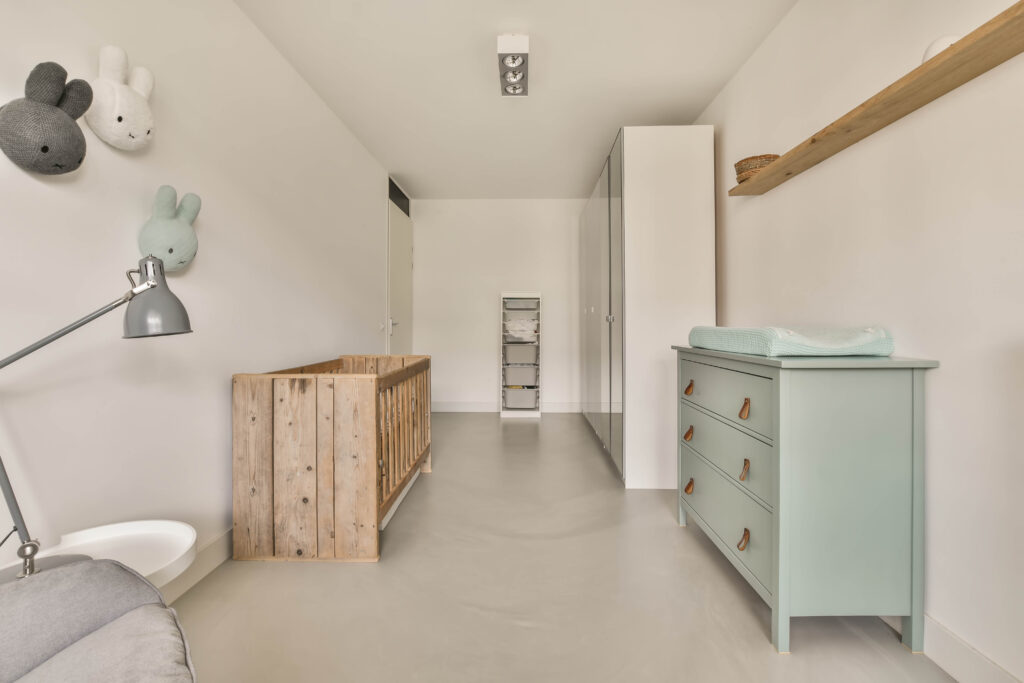
1. Surface Preparation: The Foundation of Success
Since microcement is an extremely thin coating, having a smooth and clean surface is critical.
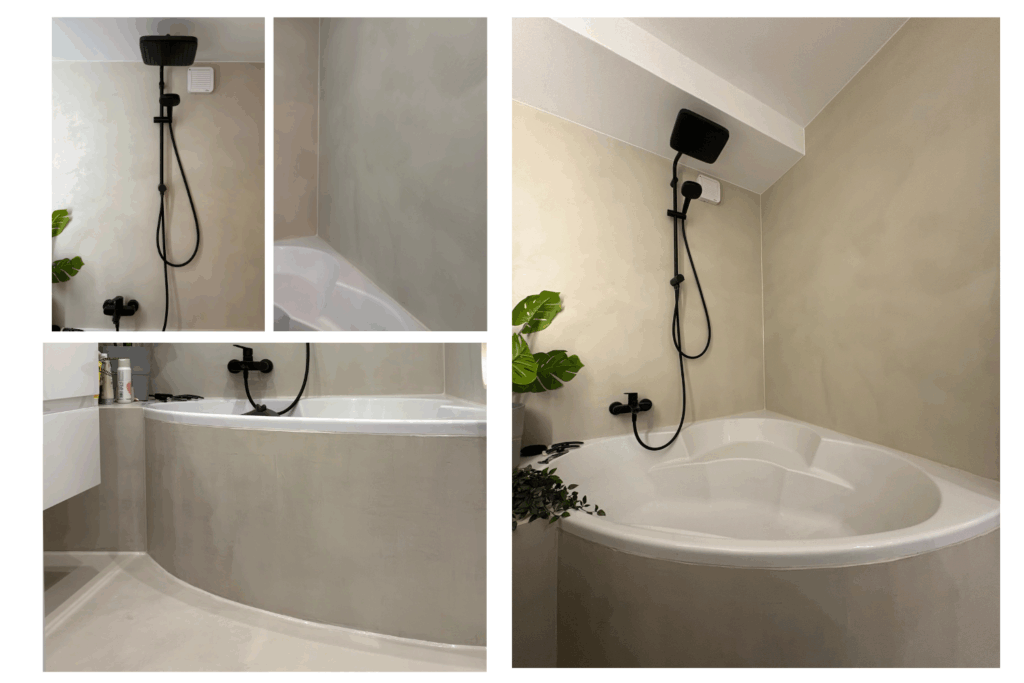
2. Layered Application Technique
Microcement is generally applied in several thin layers.
3. Application Tools and Proper Technique
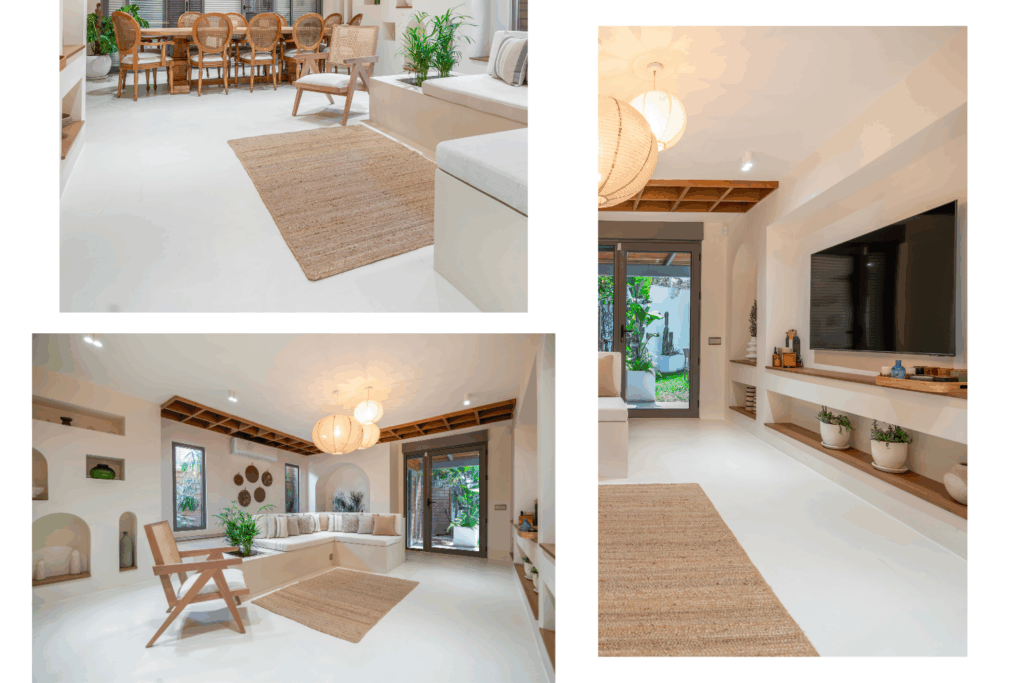
4. Drying Times and Environmental Conditions
5. Protective Coating for the Final Touch
Once the microcement application is complete, apply a varnish or sealant to protect the surface.
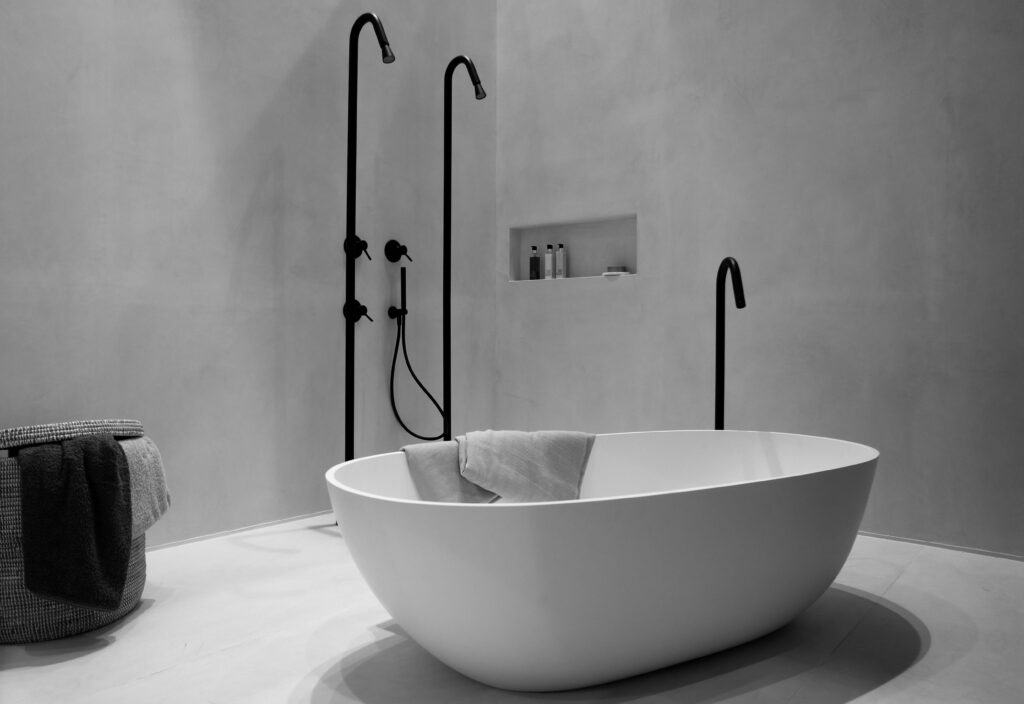
6. Maintenance and Cleaning Recommendations
With proper surface preparation, careful application techniques, and the right protection methods, microcement offers both aesthetic and functional solutions. When combined with professional workmanship, it brings a modern and stylish look to any living space
